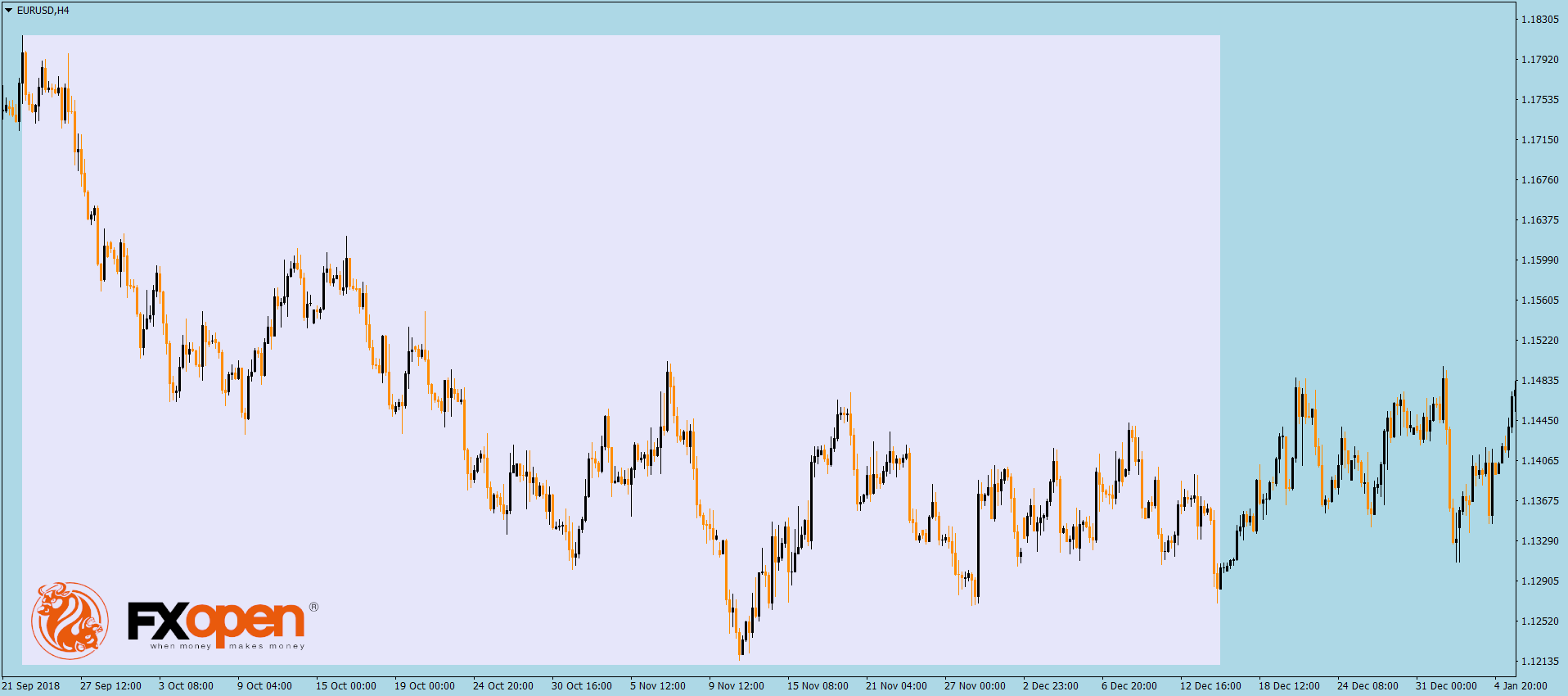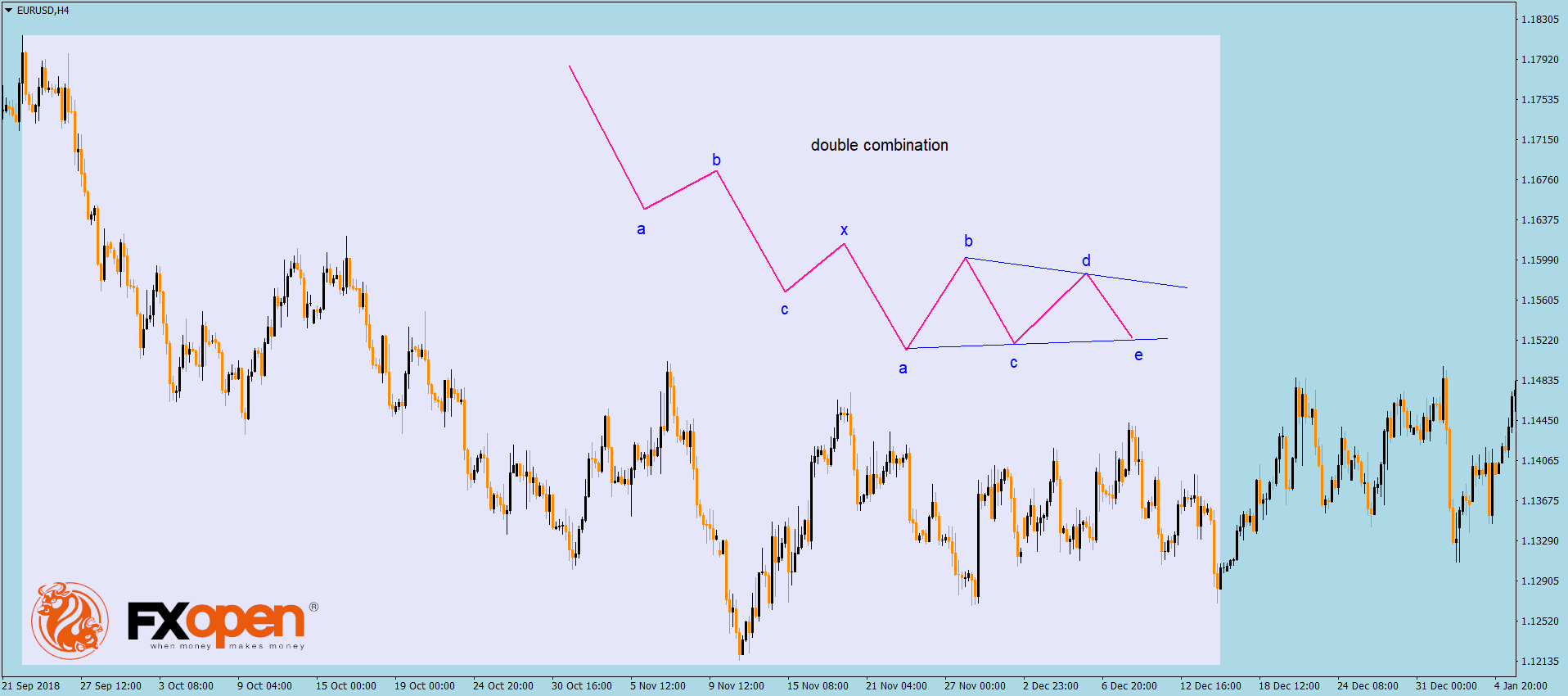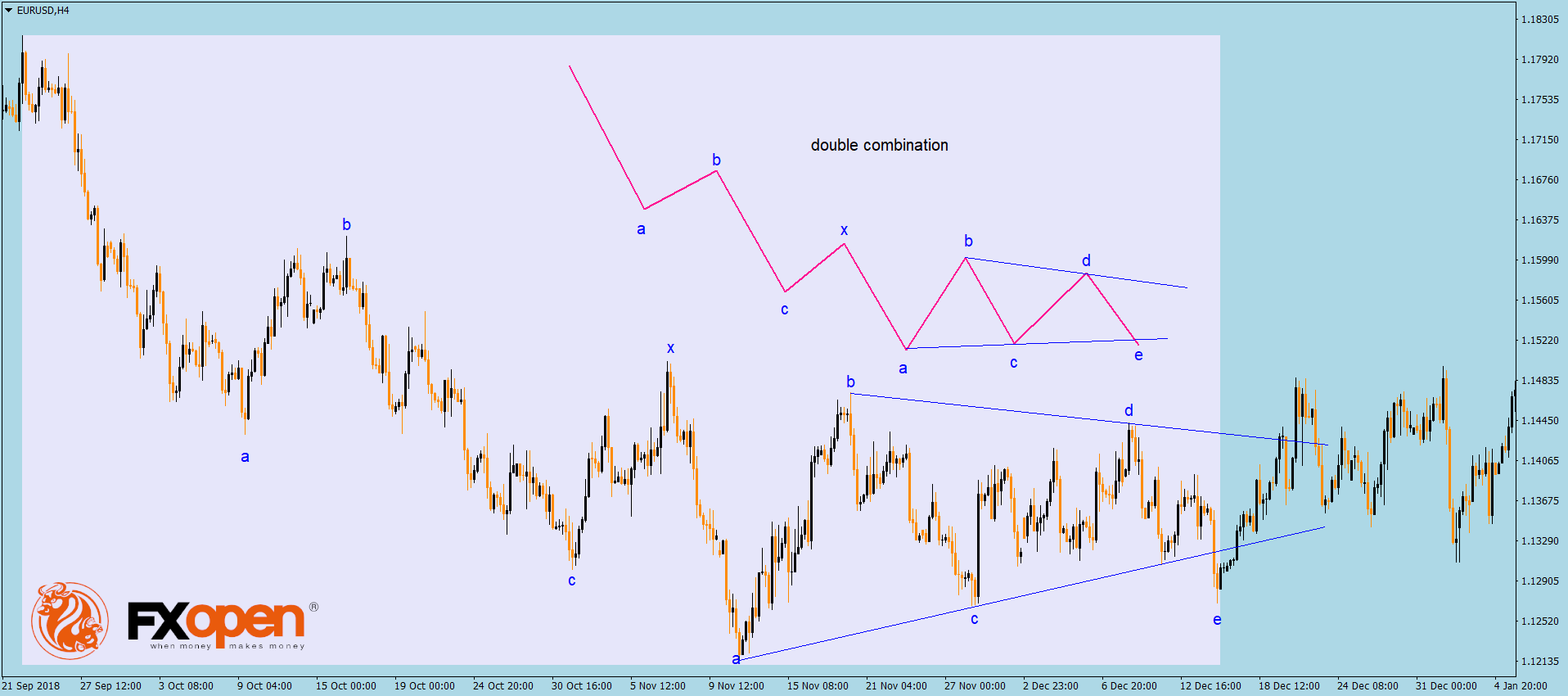FXOpen

Financial markets changed, and they will continue to change, becoming more complex as our society develops. Some markets disappeared, some others were born (e.g., oil, foreign exchange, crypto), and, in time, the cycle will repeat.
Due to this complex market evolution, it is impressive how some trading theories survived the test of time. Among them, one stands as the most interesting and with fantastic results: the Elliott Wave Theory.
What is Elliott theory? Short introduction
Born in the early 1930s, the theory claims to interpret the market’s psychology. Or, to use traders’ psychology to explain the market moves.
Naturally, the study took place on the U.S. stock market. However, the principles work on any market in this world, as long as traders influence the prices. For this reason, the theory is wildly popular among retail traders even in the 21st-century.
The theory uses impulsive and corrective waves (patterns) to interpret the market moves. Based on what formed on the past, traders have an educated guess about what’s about to form in the future. Hence, the potential for speculation exists.
Successful speculation is the sum of many factors. First, a compelling trading strategy. Second, a robust money management system. Finally, the ability to apply and monitor the trading decisions. While traders can handle the last one, for the first two the Elliott Waves Theory is good enough.
Despite many traders searching for big trends, the chances are that what they’ll find is nothing but ranges. In the Elliott Wave Theory, ranges and some trends, to some extent, fall into the category of corrective waves. They are so numerous and complex that many traders lose patience when interpreting them. And, out of all corrective patterns, the most common ones are double and triple combinations.
Double and Triple Combinations
Corrective waves with the Elliott Wave Theory are of two types: simple and complex. Simple corrections are flats, zigzags, and triangles.
However, complex corrections are similar, with the exception that one or two intervening waves appear. Called the x-wave, the connecting or intervening wave simply “connects” two or more simple corrections.
When it connects two, the pattern is called a double combination. A triple combination, naturally, has three simple corrections and two x-waves.
Check the chart below, and most likely you’ll see nothing but erratic price action.
However, to the trained Elliott eye, this is nothing but a double combination. Here’s the standard pattern: a-b-c-x-a-b-c-d-e
Do we have something similar here? Yes, we do!
A triple combination, as mentioned earlier, is a similar pattern, only that it has three simple corrections, connected by two separate x-waves.
Things to Consider when Looking for Double and Triple Combinations
Here’s a list with some tips and tricks to guide you when counting double and triple combinations:
- double or triple combinations never start with a triangle
- a triple combination always ends with a triangle
- triple combinations appear mostly as the longest leg of a contracting triangle
- double combinations that end with a triangle form more often
- the x-wave in both double and triple combinations cannot retrace more than 61.8% of the previous a-b-c
Conclusion
Trading with the Elliott Wave Theory is a process. At the end of a top/down analysis that starts from the bigger timeframes (yearly, monthly, weekly and daily charts), traders end up interpreting various patterns on the lower timeframes (four-hour and hourly charts).
The patterns are impulsive ones on some markets, corrective on others, but always appearing as the result of the previous count on the bigger timeframes. As Ralph Elliott discovered in the 1930s, the market is nothing but the sum of cyclical moves of various degrees.
Using today’s PC’s and trading platforms, the cycles become evident due to various timeframes. Hence, the top/down analysis process makes sense.
Because corrective waves appear more often than impulsive ones, the chances are that traders will end up trading them rather than impulsive moves. Therefore, understanding corrective waves is key to successful speculation using the Elliott Waves Theory. And, double and triple combinations form in most of the cases.
This article represents the opinion of the Companies operating under the FXOpen brand only. It is not to be construed as an offer, solicitation, or recommendation with respect to products and services provided by the Companies operating under the FXOpen brand, nor is it to be considered financial advice.








